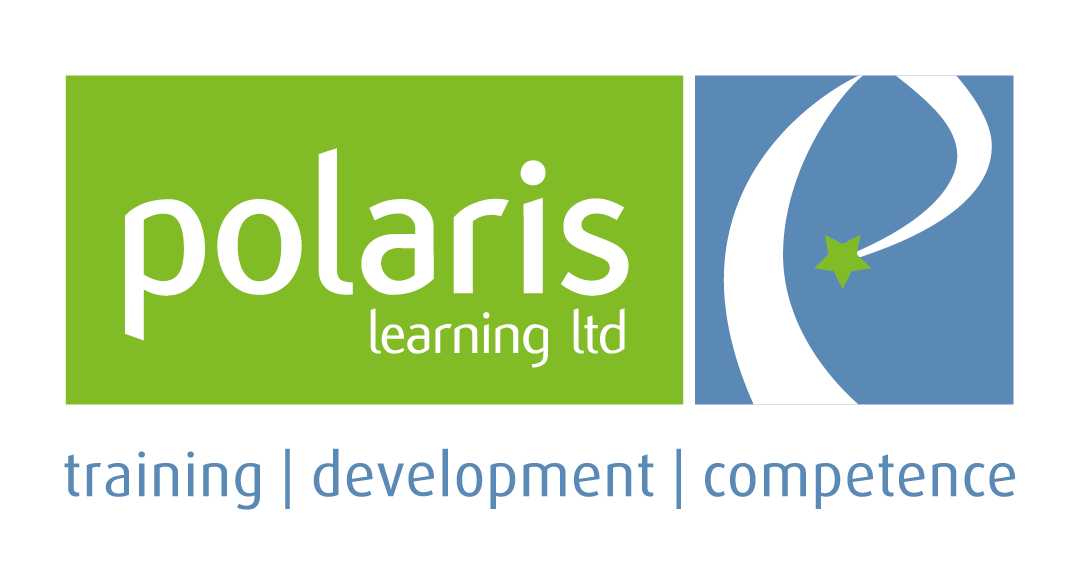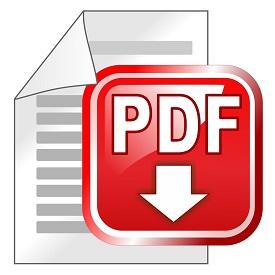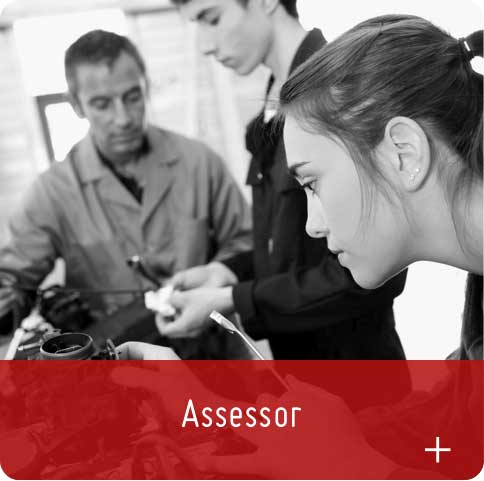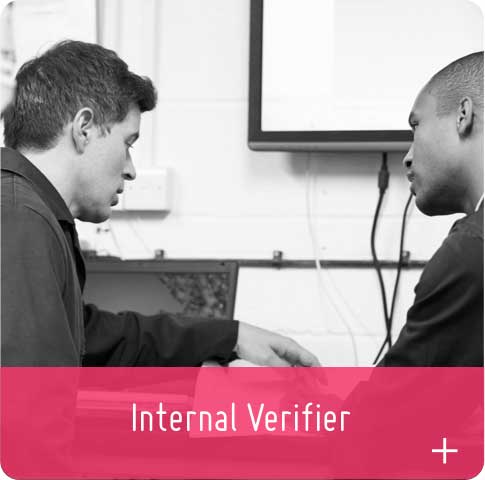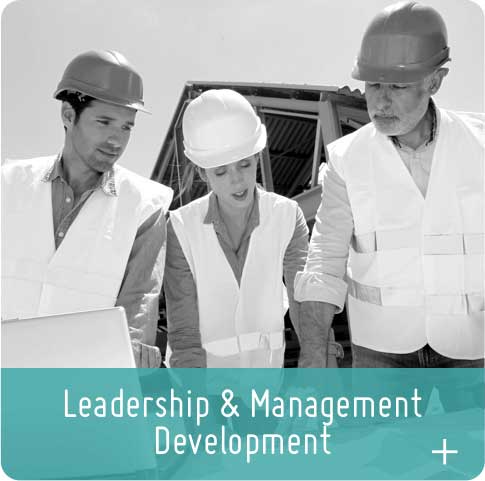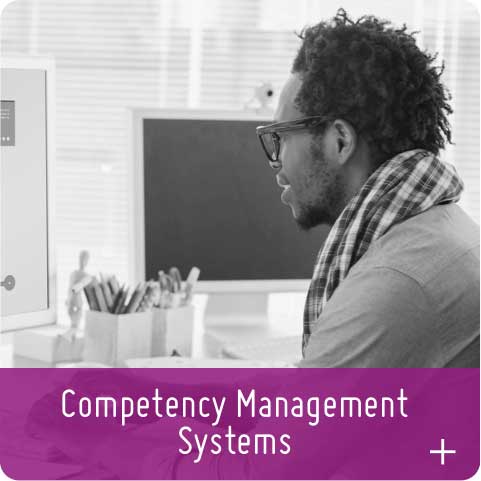Technical Competencies:
Getting It Right First Time
TECHNICAL COMPETENCIES: GETTING IT RIGHT FIRST TIME
Last month we looked at leadership competencies. This time we are looking at technical competencies and our focus is on how to create technical competencies that work for your team and work well first time.
We include a step by step guide that you can apply as well as our top tips to follow to get the right technical competencies in place.
WHAT ARE TECHNICAL COMPETENCIES?
Technical competencies are the areas where your team need to be competent in order to perform their job role effectively. The focus with technical competencies is on the technical aspects of the role as opposed to the softer skills that are covered under leadership competencies.
Technical competencies, of course, vary from role to role and between types of industries as well as between organisations. However, in most cases you will find that a large portion of the technical competencies are the same for the same role in the same industry. The differences will be around bespoke pieces of equipment, tools and systems as well as bespoke procedures and methods.
HOW DO YOU GET TECHNICAL COMPETENCIES RIGHT FIRST TIME?
When you create technical competencies, this provides you with an opportunity to create a document that focuses on the key tasks performed by job holders.
In this section, we are assuming that you have no technical competencies in place. However, a similar approach can be taken for reviewing existing technical competencies.
What is presented is a systematic approach to getting these standards of competence fit for purpose and ready for roll out.
Overview of Key Steps

Step 1: Map out the Key Requirements of the Role
We have found that in some cases, Job Descriptions do not identify the most critical aspects of the role and that there needs to be a bridging document that identifies these items.
This document will often include:
- The risks
- Critical activities that will impact on the business
- How these critical aspects of the position are managed
If your organisation has to manage Major Accident Hazards (MAH), the arrangements for managing these hazards will be identified in the Safety Case or the Safety Management System.
It is essential to link this to individual positions and then identify the job position responsibility to prevent, detect, control and mitigate these hazards.
Not every organisation has to deal with Major Accident Hazards but will instead be dealing with less severe levels of risk, for example:
- Any risks to people from occupational hazards
- Risks to the environment, for example, pollution of a river
- Risks to the product, for example, from contamination in a food product
- Risks to the financial health of the organisation
- Operational risk, for example, significant damage to your equipment or other assets
- Risk to reputation or brand
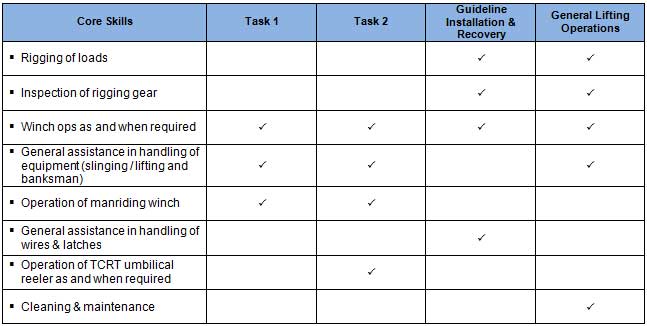
For each job role, there will be a number of key tasks that the job holders must be able to perform. When thinking about these key tasks, it is essential to not only consider the routine day to day tasks when things are running smoothly but also the non-routine tasks that they will be required to perform as well as critical and emergency tasks.
To identify the key tasks you can use a simple framework.
Not everything has to be assessed in the workplace and it may be that job holders have demonstrated sufficient skills and knowledge elsewhere, but this should also be mapped out. This can reduce the workload and can help job holders and supervisors to focus on what is important.
This has an important impact on the sustainability of your system.
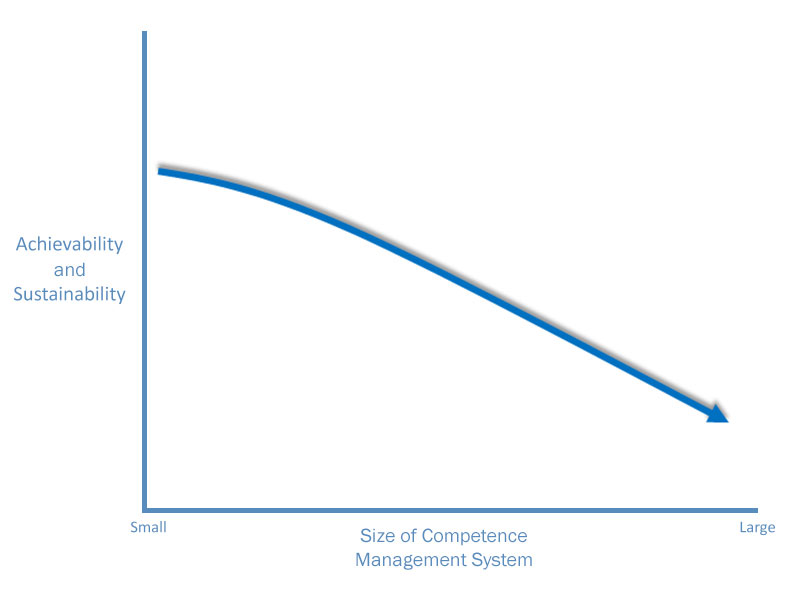
Step 2: Write the Standards of Competence for each Job Role
The key here is focusing on the correct competencies, getting the level of detail correct and writing the standards in a consistent and user-friendly manner.
In writing these competencies, you will refer to:
- The job description
- Any relevant national standards of competence
This will be good for looking at the key components of a job role that will be the same regardless of the organisation.
- The business management system and related procedures
These are good for identifying components specific to your organisation.
This approach can produce powerful results and you have the opportunity of developing and demonstrating competency for your business management system, an underpinning principle of ISO 9001 and other quality assurance standards.
If there is a team of people working on this, you will need a guide for how best to approach this so that everyone takes the same approach. At Polaris Learning, we write a project specific guideline for each client we work with, and you might want to consider taking this approach.
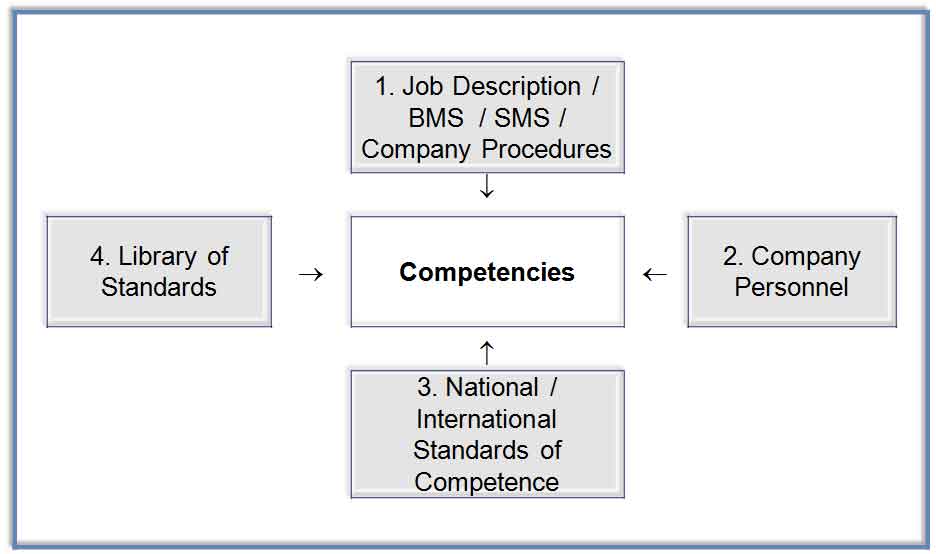
Below are two examples of technical competency portfolios for two job roles in two different industries that illustrate many of the points covered above.
An example of technical competencies for:
Step 3: Prepare your Documentation
The main documents you will need are:
- A process which describes how assessment works in your organisation
- A set of documents to plan and record assessments from different sources such as observations, question/answers and reports
- Some guidelines to help the assessors and users understand what is expected of them
- Some training and information sessions to help reinforce and sell the process
Step 4: Prepare your roll out
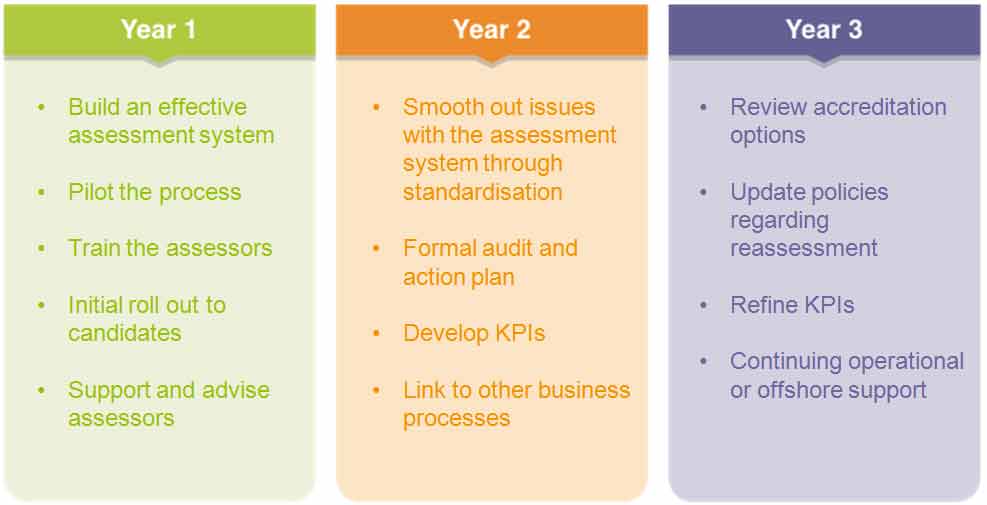
Now that you have written your standards of competence, you now need to get these ready for implementation.
The goal here is to achieve consistent assessment results across all teams using these standards. You also need to create a process that will be sustainable within the working environment so making this focused and user friendly will also be key.
Common Pitfalls and How to Avoid Them
There are a number of areas to be aware of to help you avoid the common problems and to help you ensure that you get your technical competencies right first time.
These are:
Don’t make it too big
- Make it risk based
- Draw a map to understand the full picture
Don’t make the assessment process too complex
- Get the user involved as early as possible
- Avoid blank form syndrome by providing clear user guidance and expectations
Run a pilot programme
- Trial it, test it and fix it on a smaller scale first
Plan and communicate
- Provide enough information: not just aims, roles and responsibilities
- Be clear on accountabilities: provide individual plans and targets
- Build in support and advice
- Make sure the operational and non-operational or offshore and onshore teams understand each other’s roles
Avoid bolting it on: build it in from the start
- Get stakeholders to buy in
- Be realistic with resources
- Line up with other processes in the business
- Plan how to accommodate internal or external audits and the continuous improvement process
- Think about whether you need accreditation of your assessors and verifiers
For later…
There are a number of factors beyond this which we explore in more detail in other webinars and information sessions including:
- The training of your assessors
- How to manage and verify your assessment process
For more testimonials, case studies and product information visit our product pages below:

